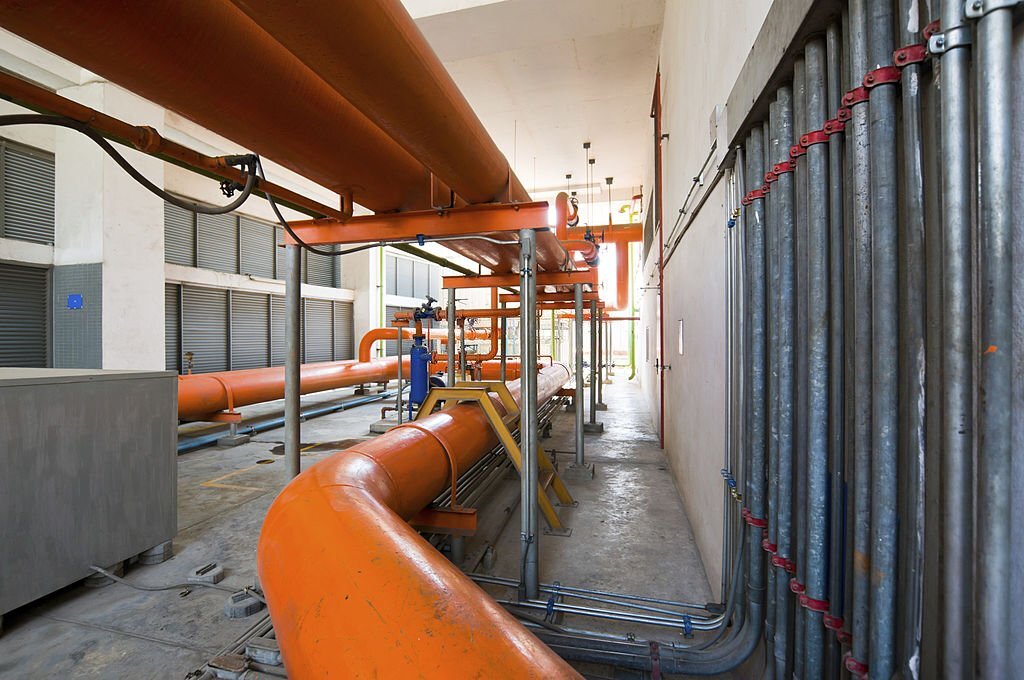The Different Types of Control Valves used in hydraulic systems are divided based on their functions. Another way to differentiate them is the actuator medium on which they function. One of the most common is the pneumatic control valves. A pneumatic control valve relies on two things to ensure the valve is working; A compressible material and the piston cylinder. The use of the valve actuator is to help the valve perform its modulation. Without the modulation of the valve, there is no way the valve will perform its function of pump protection. Pump protection is necessary to extend the lifespan of these pumps. Some pumps work in the most gentle conditions ever. For instance, the pumps in your home. Usually, this pump has the sole goal of pumping water from around the home. This pump does not need to work for long hours before you give it up. However, in a case where you need to pump water continuously into a medium, the pump will need more capacity. Another case where you may need to change your pump is when you are pumping fluids that are not water.
Fluids like diesel and sewage, amongst others, have different thicknesses and properties that make it impossible for these pumps to carry. In these scenarios, a centrifugal pump is usually the best option by a lot of experts. This centrifugal pump has a design that connects the engine directly to the axis of the pump. That way, the direct connection gives the axis more power to carry the liquid irrespective of its thickness and properties. The centrifugal pumps may be strong and reliable, but they are not immune to damage. These damages come as a result of the properties of the liquid they are pumping and the mechanical system processes. In this guide, we will explain the different types of pressure control valves and how they can all protect your pump.
Plug valves
The plug valve works generally like a usual plug. The main components of this valve are the body, the cover, and the regular on/off switch. The most common industries using this type of valve are the chemical and petrochemical industries. The parts of this valve are easy to get and since it is something we are used to, fixing it won’t be a problem.
Gate valves
The gate valve, as the name implies, acts as a flat barrier to control how fluid flows in any mechanical system. This valve type works perfectly when you want to regulate the pressure levels and temperature extents in diverse liquids passing through a system. This type of valve is best used in a situation when you need to shut down your system unplanned or when you are controlling the valve manually. There is a laminar flow in the gate valve, which is why there is little pressure loss.
Globe valves
From its inception, control valves for pressure adopted the shape of a regular globe you see around. The main use for the globe valves is throttling. This throttling is one of the main benefits of using the globe valves, coupled with the fact that it is an easy option to close.
